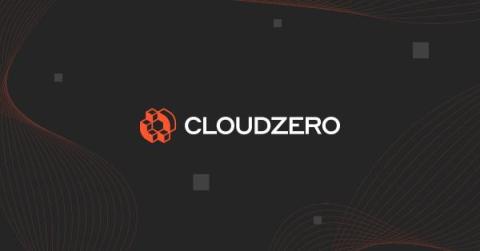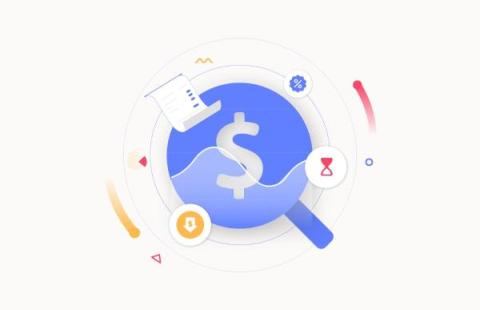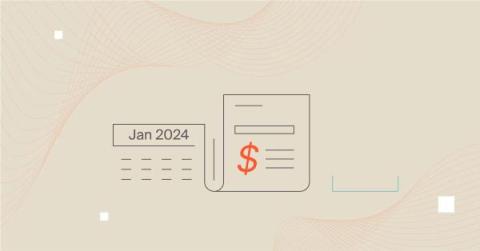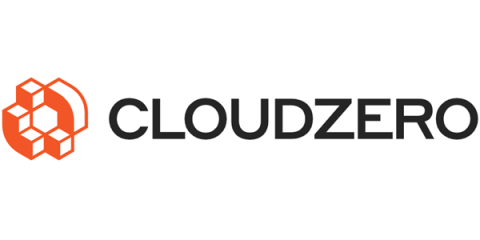What Is AWS Graviton? Here's When To Use It
When Amazon Web Services (AWS) launched its new Arm-based processors, some circles believed it was a game-changer for the public cloud markets. To begin with, it was the first time Arm architecture would roll out for enterprise-grade utility, and at a colossal scale. Arm processors had only run on smaller, less demanding devices such as iPhones. So why adopt it for much more demanding workloads in cloud services?









